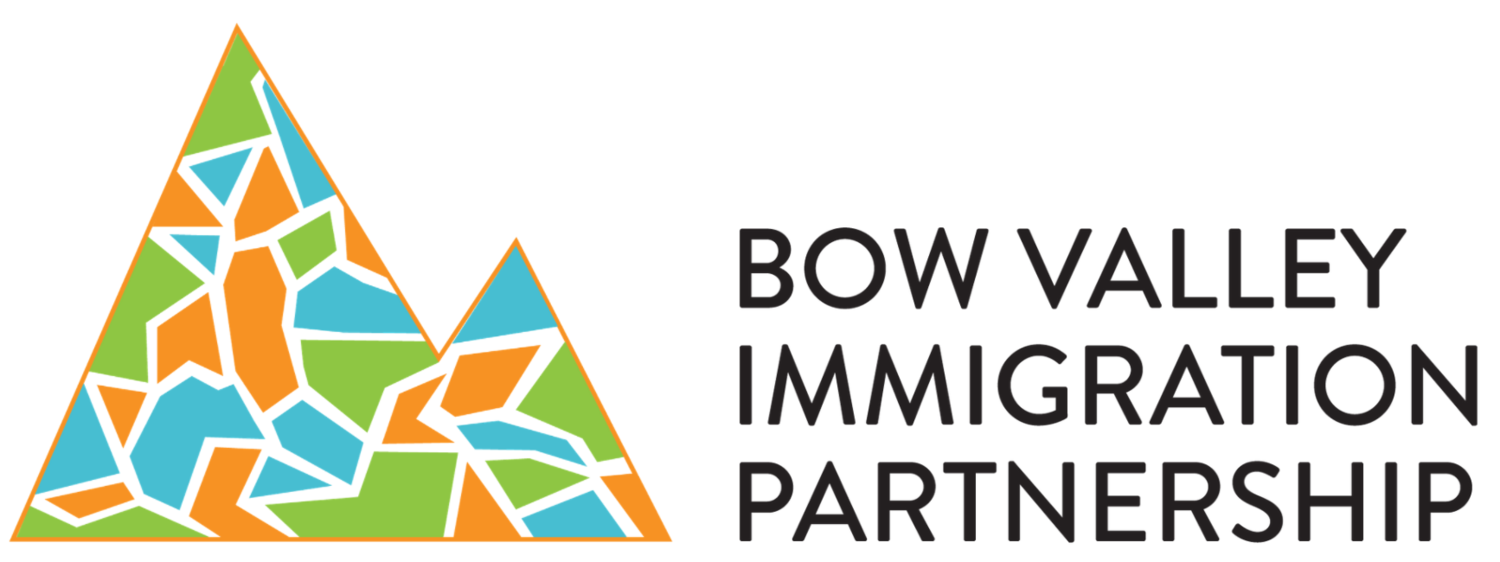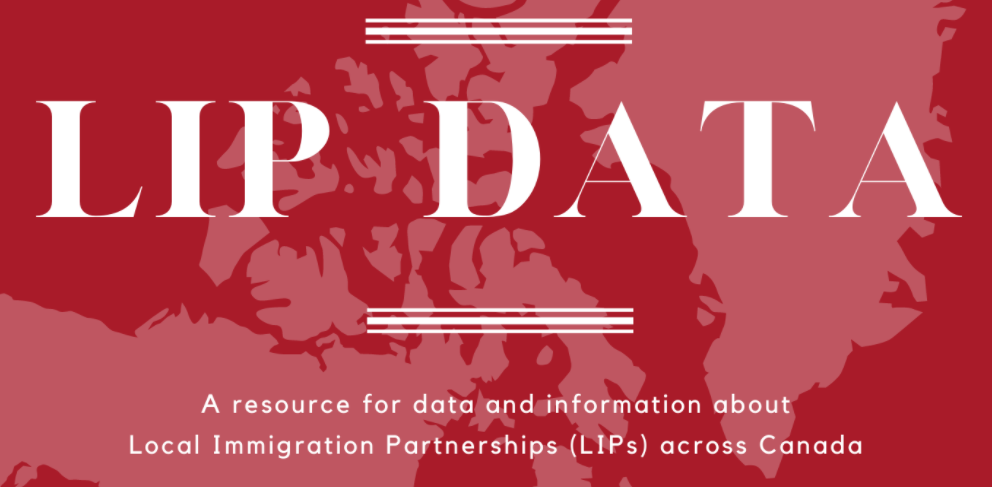LIPData.ca
‘LIP Data Portal’: A resource for data and information about Local Immigration Partnerships (LIPs) across Canada.
The Bow Valley Immigration Partnership (BVIP) is one of over 80 Local Immigration Partnerships (LIPs) funded by. Immigration, Refugees and Citizenship Canada (IRCC). Local Immigration Partnerships (LIPs) work to improve the successful integration of immigrants in their communities. They convene partners from across key sectors in a city or region. Together, the partners work to strengthen the community’s ability to address the needs of newcomers — and enables them to settle into their new homes.
The LIPdata.ca portal supports the LIP network, and provides resources for anyone to use, no matter where they are located in Canada.
This site hosts performance measurement data for LIPs. It includes an interactive reporting dashboard and regional home pages with local data and information for each region’s LIPs. It provides information about the 17 Sustainable Development Goals (SDGs), adopted by the United Nations in 2015. This is because each indicator graph on the dashboard is linked to one or more SDGs and some of their targets. This collaboration with the Community Data Program (CDP) enables all LIPs in Canada to access additional immigration data acquired by the CDP.
What is Performance Measurement?
IRCC asked the LIPs in the Prairies and Northern Territories (PNT) to develop a regional performance measurement framework to monitor the outcomes they are achieving in a consistent way. Developed in 2017, the framework uses a Results-Based Accountability (RBA) approach, which measures success in several ways. When taken together, the findings provide various means to report on a LIP’s achievements, to funders as well as the community.
Access to Additional Immigration Data
Another contributor to performance measurement is the LIPs Network Community Data Program (CDP) Initiative. This collaboration enables all LIPs in Canada to access additional data through an Immigration Data Portal on the Community Data Program website that was created specifically for LIPs. As with the dashboard, key immigration data is available at each LIP’s level of geography—meaning their specific service area or geographic data boundary.

